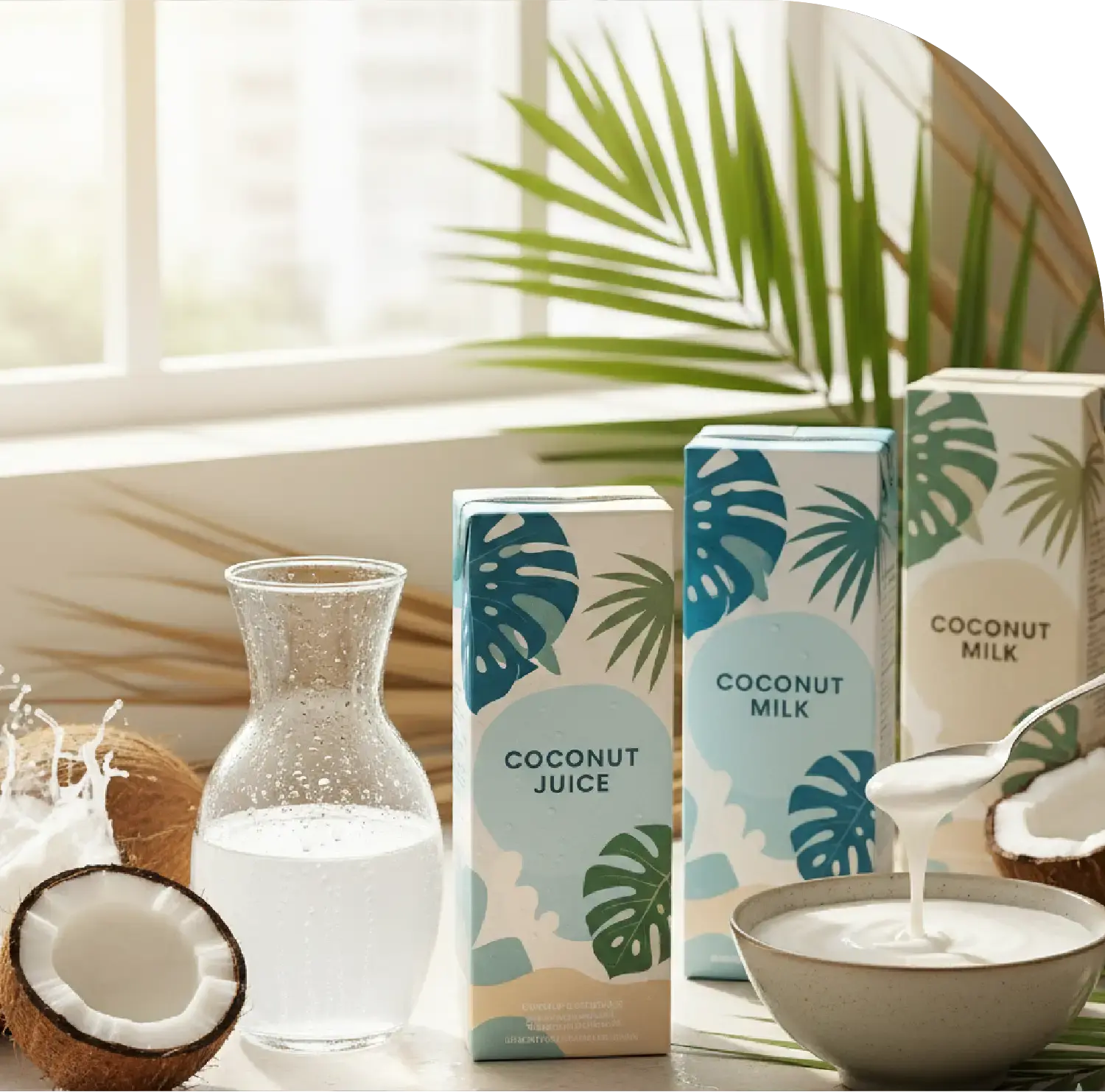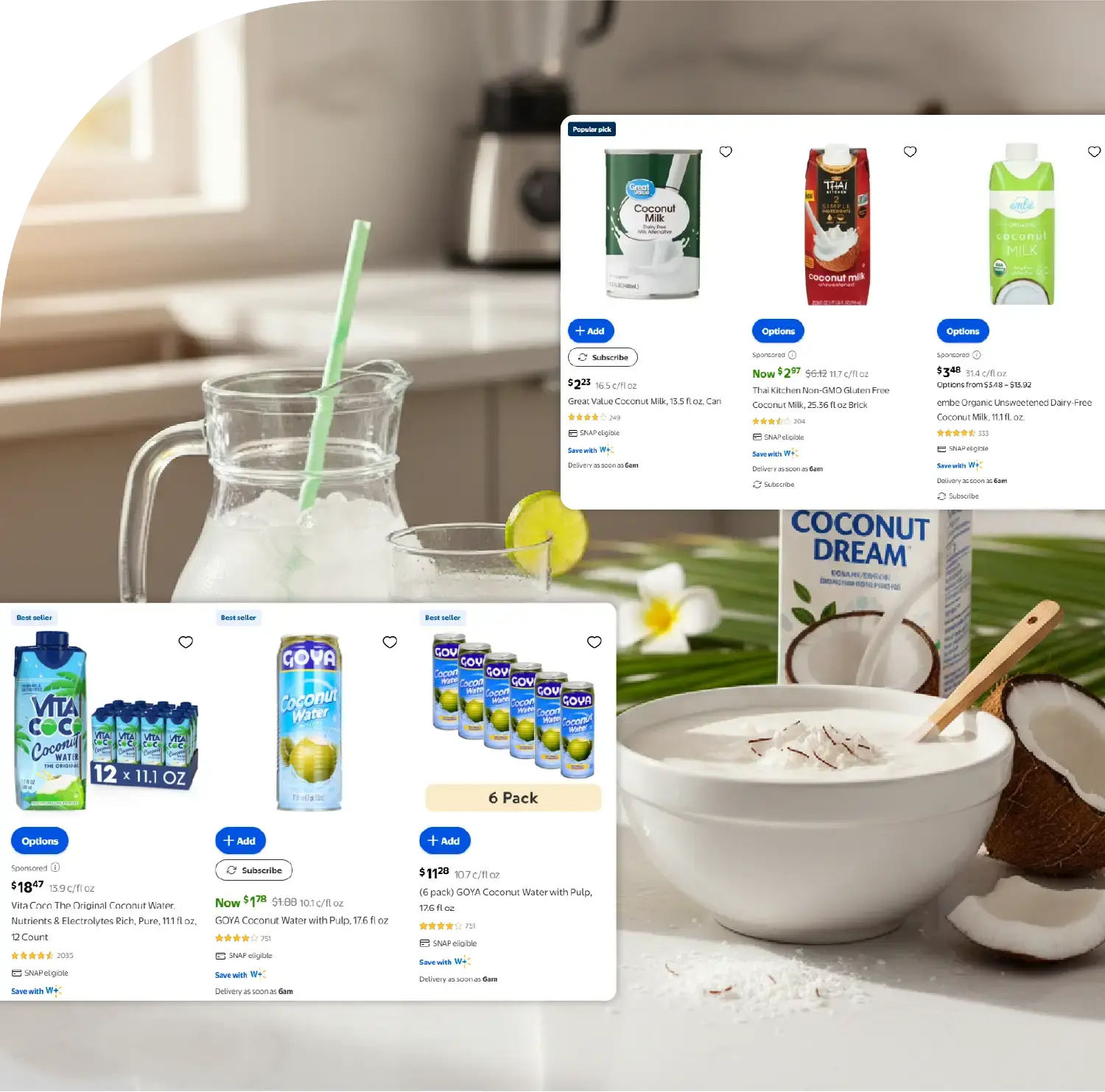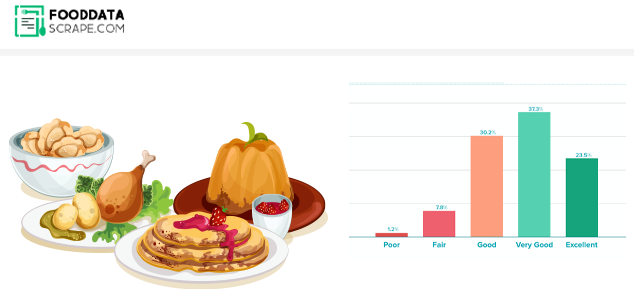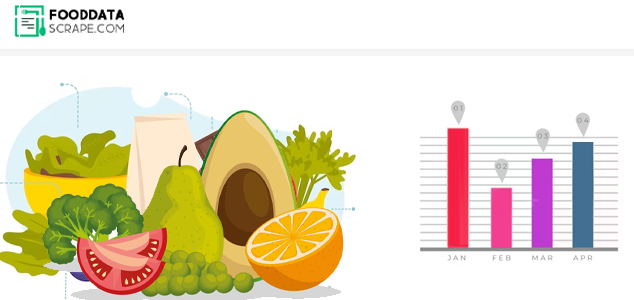Introduction
In today’s beverage landscape, coconut products have become synonymous with natural wellness, hydration, and indulgence. From chilled coconut water bottles on grocery shelves to barista-style coconut milk lattes in cafés, both coconut juice and coconut milk have earned their place as consumer favorites across diverse markets. These two products, however, are vastly different in composition, processing, and use.
Modern brands and food businesses are now leveraging data-driven insights to understand these beverage categories more closely. With the help of tools to Scrape Coconut Juice vs Coconut Milk Trends Data, companies can track evolving market preferences, online discussions, and regional sales variations in real time.
Additionally, organizations in the beverage sector increasingly rely on Web Scraping Coconut Products Trends Data to gain an analytical understanding of how consumer behavior, ingredient preferences, and functional beverage trends influence their strategies. By comparing coconut juice and coconut milk through multiple lenses—nutritional value, sensory appeal, market share, and audience demographics—brands can make better-informed decisions on product development and marketing.
This comprehensive report explores these differences in detail, analyzing both products’ characteristics and their role in shaping the future of global beverage consumption. The insights are drawn from market analytics, product datasets, and industry trend data powered by methods to Extract Coconut Juice vs Coconut Milk Market Trends Data methodologies.
The Origins and Composition of Coconut Juice
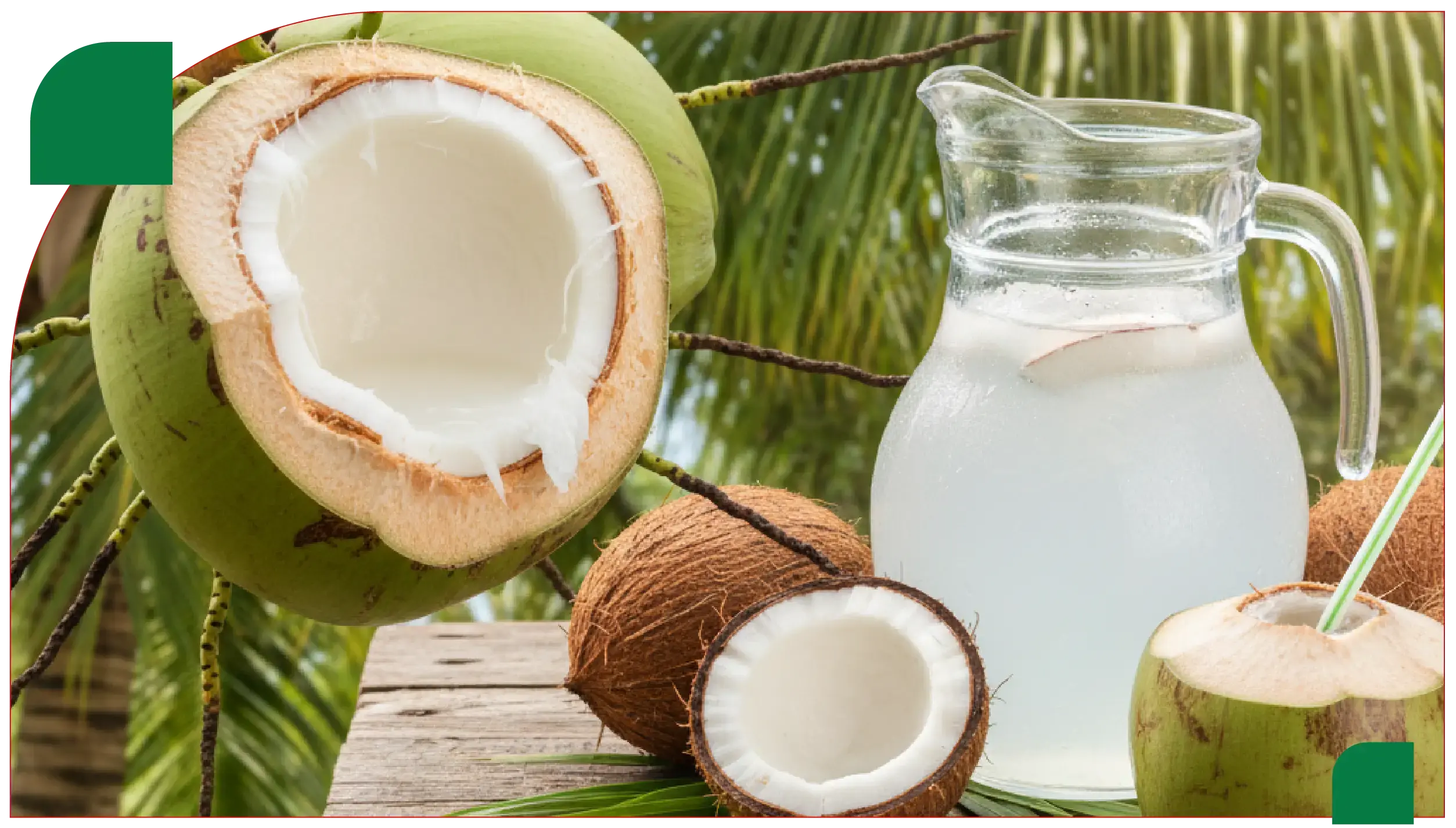
Coconut juice, often referred to as coconut water, is the natural, transparent liquid found inside young, green coconuts. It is harvested before the coconut fully matures, ensuring a lighter flavor and lower fat content.
Rich in electrolytes such as potassium, sodium, and magnesium, coconut juice functions as a natural isotonic drink. It appeals strongly to health-conscious consumers looking for alternatives to sugary sports drinks. Its low-calorie profile (typically 40–60 calories per cup) makes it an attractive option for weight management and daily hydration.
From a production standpoint, coconut juice requires minimal processing. Once extracted, it is filtered and pasteurized to preserve freshness. Because of its natural sweetness and hydrating qualities, it is commonly found in fitness, wellness, and sports beverage categories.
The Process and Composition of Coconut Milk
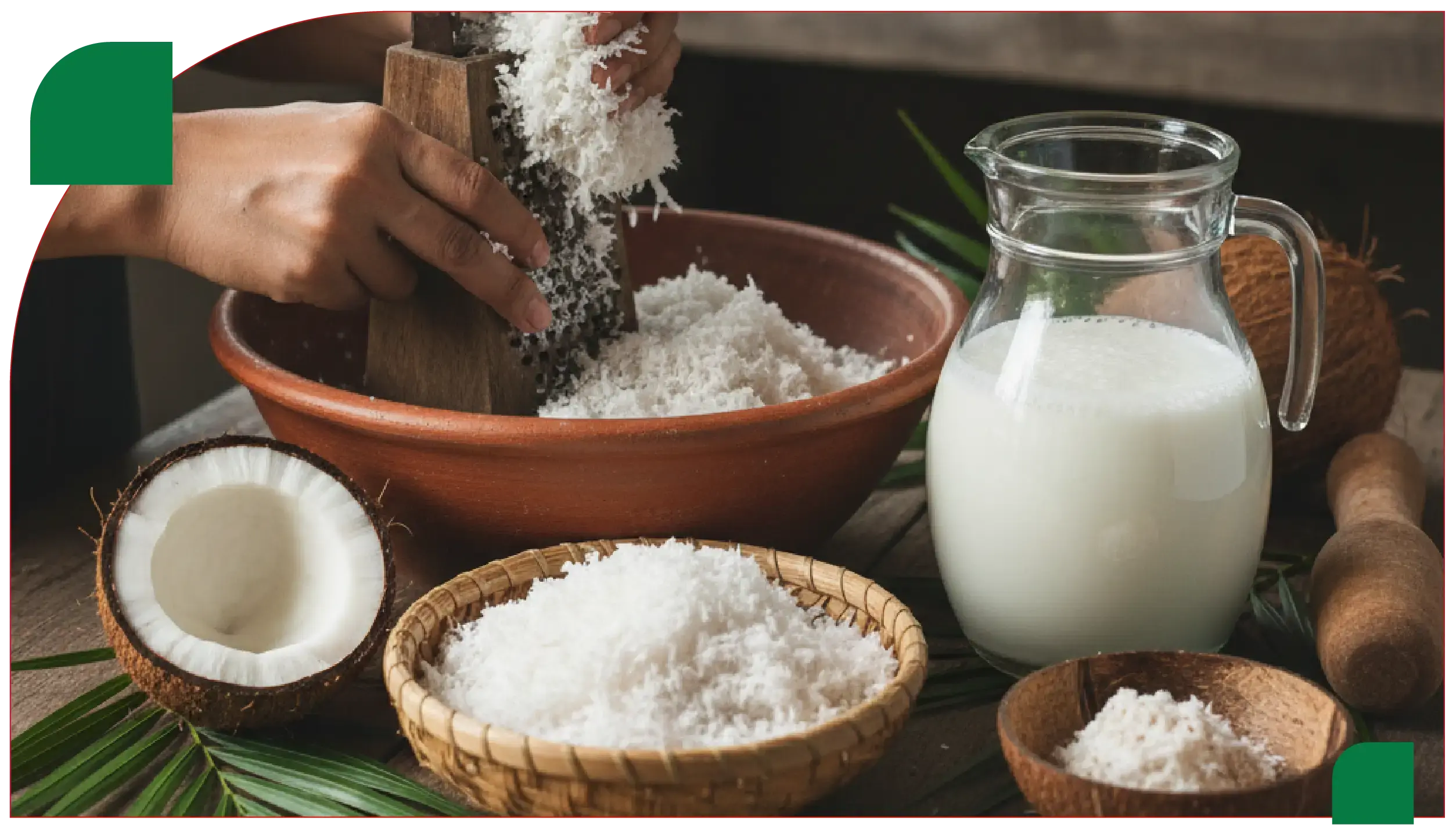
Coconut milk, by contrast, is derived from the grated white flesh of mature coconuts, which is blended with water and then strained. This process yields a thick, creamy liquid rich in healthy fats.
Coconut milk is widely used in culinary applications—ranging from soups and curries to desserts, lattes, and smoothies. Its texture and flavor closely mimic dairy milk, making it a staple in vegan and lactose-free diets.
The product’s caloric density (ranging between 200–450 calories per cup) and high fat content offer a smooth mouthfeel that enhances rich recipes. The demand for coconut milk has skyrocketed with the growth of the global plant-based milk industry and the rise of premium coffee culture.
As data from Coconut Drinks Market Analytics reveals, coconut milk sales continue to surge in cafés, restaurants, and online marketplaces, reflecting a growing preference for dairy-free indulgence.
Comparing Nutritional Values and Sensory Attributes
Although both products originate from the same fruit, their nutritional compositions vary drastically. Coconut juice is refreshing and hydrating, while coconut milk is creamy and calorie-dense.
| Feature |
Coconut Juice (Coconut Water) |
Coconut Milk |
| Calories |
45 kcal |
230 kcal |
| Fat |
0.5 g |
23 g |
| Sugar |
6 g (natural) |
3 g (unsweetened) |
| Protein |
0.2 g |
2.5 g |
| Potassium |
600 mg |
200 mg |
| Sodium |
40 mg |
15 mg |
| Magnesium |
60 mg |
30 mg |
| Texture |
Light, watery |
Thick, creamy |
| Flavor |
Sweet, nutty, refreshing |
Rich, smooth, slightly sweet |
These distinctions are crucial for manufacturers developing beverage or culinary applications. The insights derived from strategy to Scrape Coconut Milk vs Coconut Juice Nutritional Info allow companies to position products based on health goals, diet types, or taste profiles.
For instance, brands emphasizing hydration and low sugar content can focus on coconut juice, whereas those targeting gourmet consumers and dairy-free markets may prioritize coconut milk offerings.
Market Insights: Sales Performance and Consumer Behavior
The global demand for both coconut juice and coconut milk continues to expand. With wellness, fitness, and sustainability driving beverage consumption patterns, coconut-based drinks are projected to remain high-growth categories in the years ahead.
| Category |
Market Size (2024) |
CAGR (2024–2028) |
Key Regions |
Consumer Segments |
| Coconut Juice (Water) |
USD 4.43 Billion |
8.6% |
U.S., Southeast Asia, Latin America |
Health-focused, athletes, Gen Z |
| Coconut Milk |
USD 2.69 Billion |
10.1% |
Europe, North America, India |
Plant-based consumers, home cooks, cafés |
These market insights, enhanced through Coconut Beverage Product Database Extraction, indicate that while coconut milk dominates in culinary and dairy-alternative categories, coconut juice leads in hydration and sports beverage segments.
Interestingly, social media analytics reveal an increasing overlap between the two audiences, with consumers experimenting by blending both products in smoothies, coffee, and fusion recipes. This crossover trend presents new opportunities for innovation and co-branded product lines.
Applications Across Culinary and Beverage Segments
Coconut Juice in Functional Beverages
Coconut juice plays a vital role in functional beverage markets. It is commonly used in sports hydration drinks, low-calorie juices, and flavored sparkling waters. The beverage’s clean-label appeal aligns perfectly with the growing consumer demand for transparency and natural sourcing.
Manufacturers rely on Coconut Juice and Coconut Milk Market Trends Data Scraper tools to analyze product placements and retail performance across supermarkets, online platforms, and cafés. This helps identify new flavor opportunities such as pineapple-coconut blends, mango infusions, and electrolyte-enhanced variations.
Coconut Milk in Culinary Innovation
Coconut milk continues to shape the plant-based culinary movement. It serves as a key ingredient in global cuisines—Thai curries, Indian desserts, Caribbean stews, and even European bakery items. Its ability to replace dairy while maintaining texture and richness makes it an essential product in modern food innovation.
The integration of Scraping Coconut Drink Product Listings enables companies to monitor how coconut-based products are categorized online—by flavor, fat content, packaging size, or region—offering deep insights into consumer preferences.
Consumer Demographics and Target Markets
Coconut juice typically appeals to consumers focused on hydration, fitness, and natural wellness. Young adults and athletes are major contributors to its sales, as they prefer natural, electrolyte-rich alternatives to synthetic sports drinks.
Coconut milk, meanwhile, caters to a different demographic: culinary enthusiasts, vegan consumers, and individuals with lactose intolerance. Its thick, creamy texture makes it a sought-after base for plant-based beverages and desserts.
With data-powered insights from Food Delivery Data Scraping Services, beverage companies can identify consumption trends across cities and demographics, helping them design region-specific campaigns and distribution models.
Retail Dynamics and E-commerce Trends
Online grocery platforms and food delivery apps have played a pivotal role in amplifying coconut beverage accessibility. In markets like the U.S., India, and the UK, both coconut milk and coconut juice are frequently featured in specialty beverage and dairy-alternative sections.
Using Restaurant Menu Data Scraping, analysts can determine how often coconut-based drinks appear in café menus, smoothie bars, and juice shops. This data reveals growing usage of coconut milk in barista menus, particularly in latte formulations.
Similarly, Food Delivery Scraping API Services allow companies to track how these products are described, priced, and paired with other menu items. These insights inform packaging design, pricing strategy, and promotional messaging.
Product Innovation and Technological Integration
The surge in coconut beverage popularity has led to numerous innovations, such as low-fat coconut milk, cold-pressed coconut water, and ready-to-drink coconut smoothies. These innovations rely heavily on continuous monitoring of digital data trends.
With Restaurant Data Intelligence Services, brands can map real-time consumer interactions, menu mentions, and seasonal demand shifts. This intelligence aids manufacturers in predicting high-demand flavors or formats during specific times of the year, such as summer hydration campaigns or holiday dessert launches.
Moreover, as beverage technologies advance, companies are investing in sustainable coconut sourcing and eco-friendly packaging to appeal to environmentally conscious consumers.
Regional Trends and Global Expansion
Asia-Pacific continues to dominate coconut production and exports, with countries like Indonesia, the Philippines, and Thailand leading the supply chain. However, North America and Europe are the fastest-growing consumer markets for coconut-based beverages.
The Western market’s embrace of plant-based diets has accelerated coconut milk’s inclusion in mainstream dairy alternatives. Similarly, coconut juice’s position as a natural hydration source resonates with active consumers in both developed and emerging markets.
Regional datasets show an increasing preference for organic and fair-trade coconut beverages, signaling that ethical sourcing has become a crucial selling point.
Future Outlook: The Road Ahead for Coconut Beverages
The global coconut beverage industry shows no signs of slowing down. With continued growth in fitness, wellness, and plant-based lifestyles, both coconut juice and coconut milk will remain integral components of beverage innovation.
Technological advancements such as AI-powered analytics, IoT-driven supply tracking, and predictive modeling through Food delivery Intelligence services will further refine product development and marketing strategies.
Additionally, dashboards like Food Price Dashboard allow companies to compare coconut product pricing fluctuations, track seasonal shifts, and anticipate consumer buying behaviors with greater precision.
From sourcing to sale, digital transformation and data analytics will shape the next phase of the coconut beverage ecosystem. Brands that adapt early to data-driven practices, using resources like Food Delivery Datasets, will gain an edge in identifying untapped opportunities within the fast-growing coconut drinks market.
Conclusion
Coconut juice and coconut milk may stem from the same tropical fruit, but their roles in the food and beverage industry are distinct and complementary. Coconut juice thrives as a hydrating, low-calorie functional drink, while coconut milk excels as a creamy, indulgent ingredient powering plant-based innovation.
Both products reflect modern consumers’ evolving expectations—toward natural ingredients, health benefits, and sensory enjoyment. As the beverage market becomes more competitive, success will depend on how effectively brands leverage digital intelligence, web scraping, and trend analytics to meet consumer demand.
The versatility of coconut-based products continues to symbolize a convergence of taste, nutrition, and technology—a space where traditional tropical refreshment meets modern data-driven strategy.
If you are seeking for a reliable data scraping services, Food Data Scrape is at your service. We hold prominence in Food Data Aggregator and Mobile Restaurant App Scraping with impeccable data analysis for strategic decision-making.






















































































